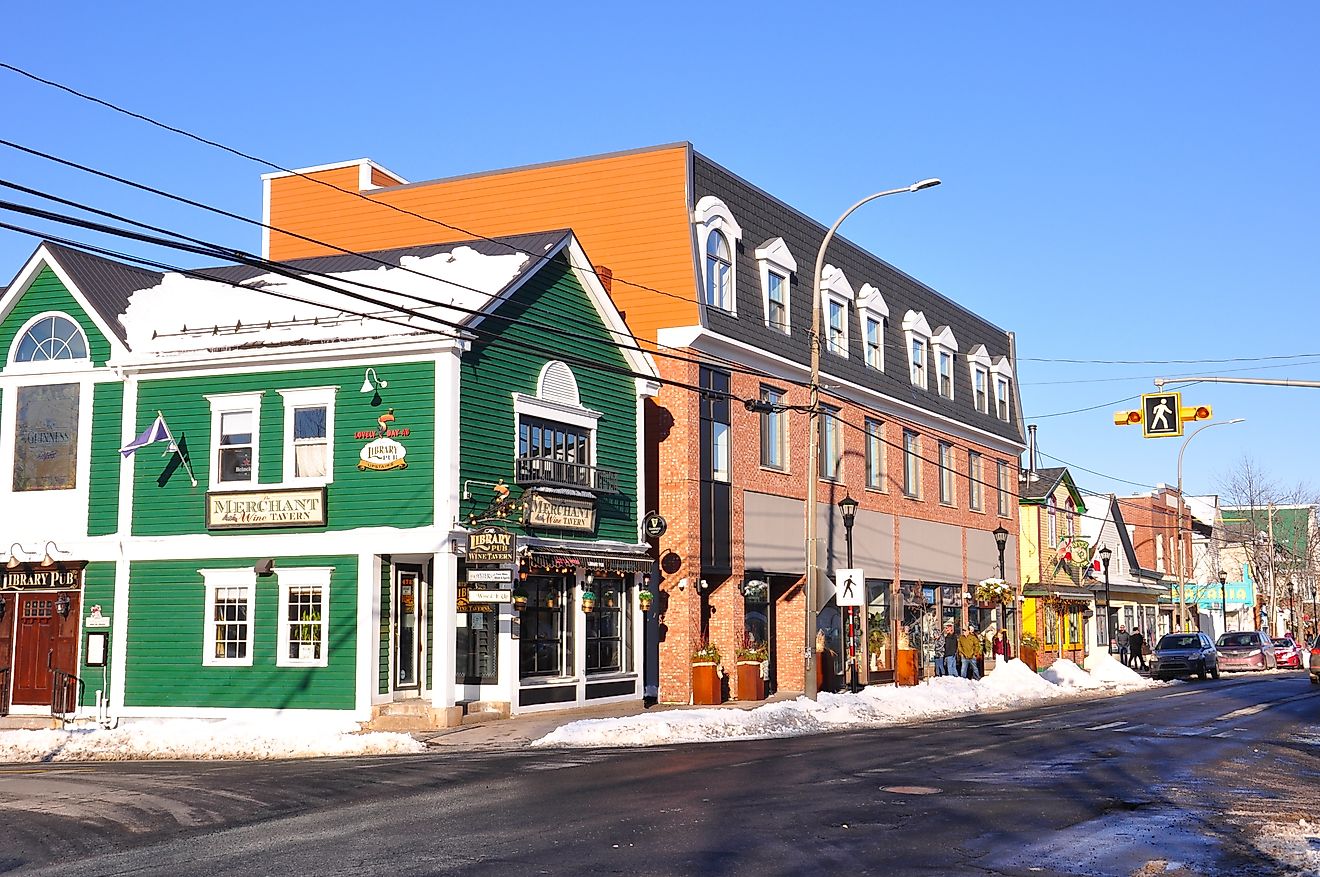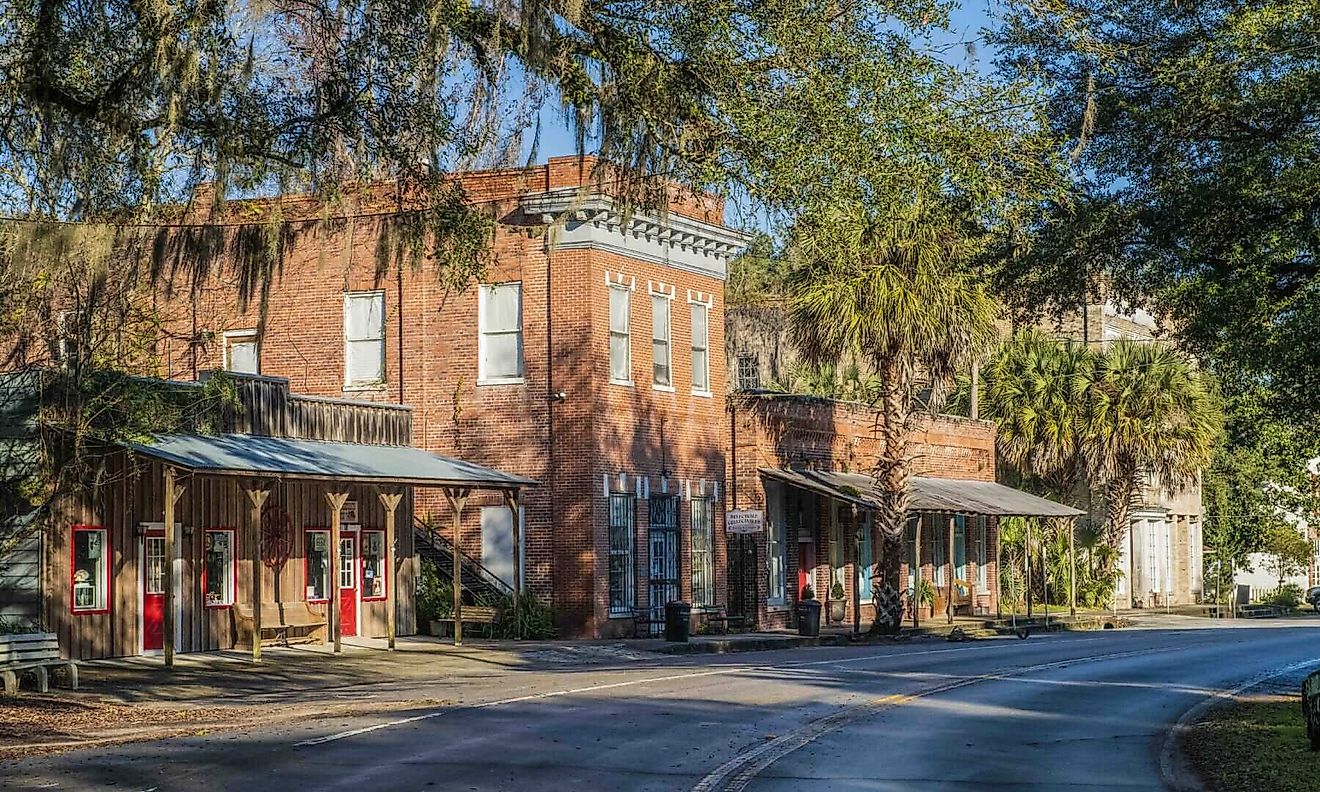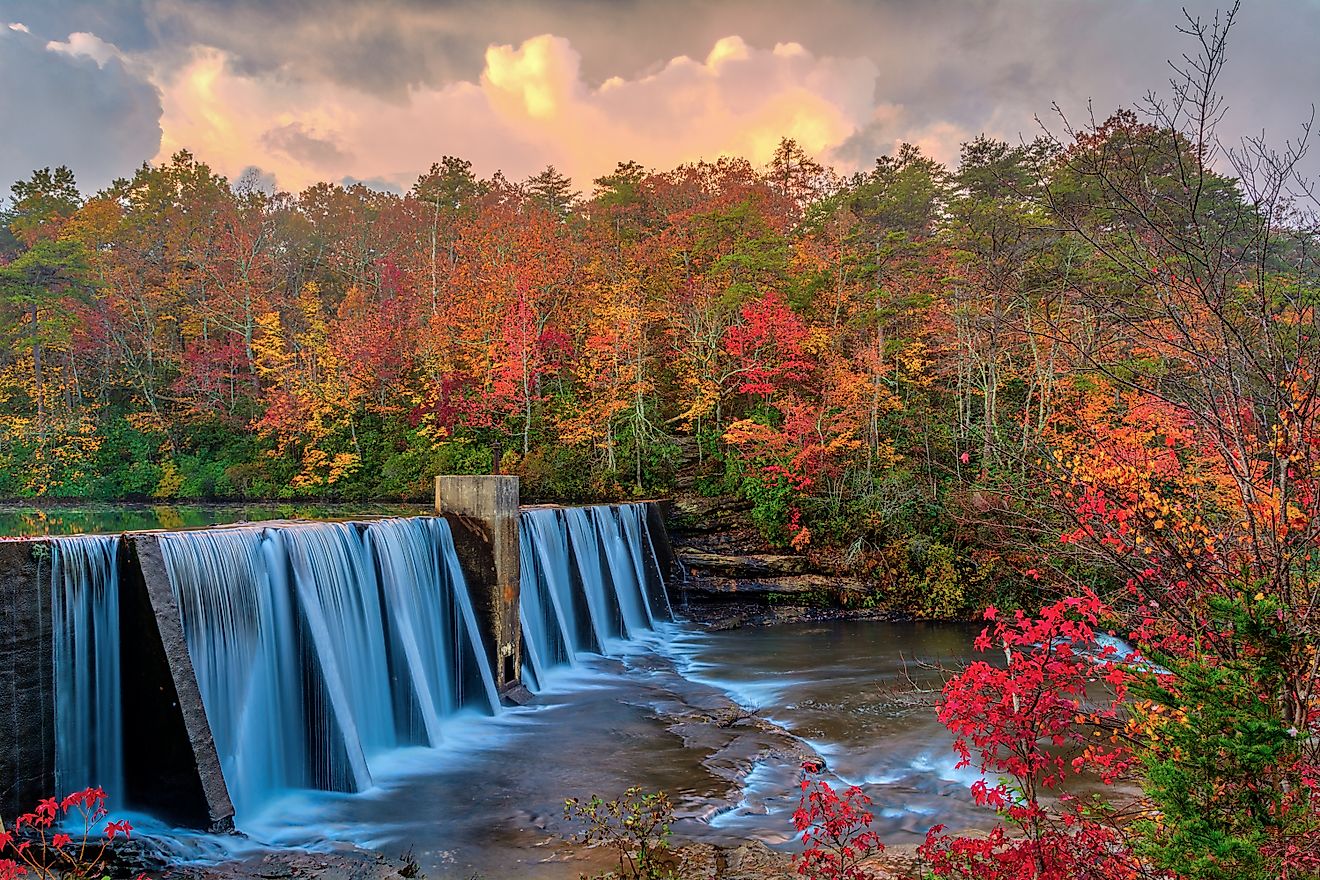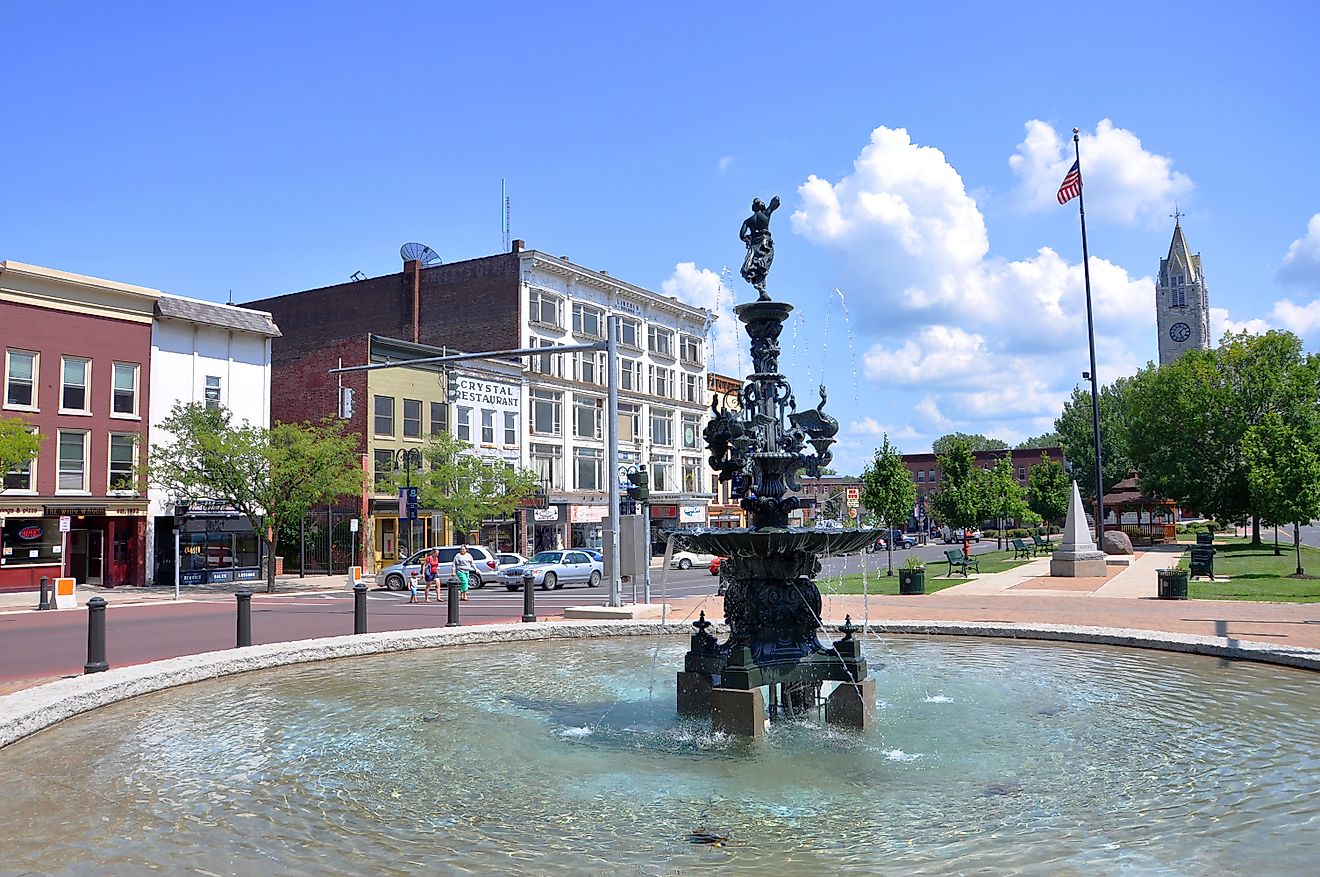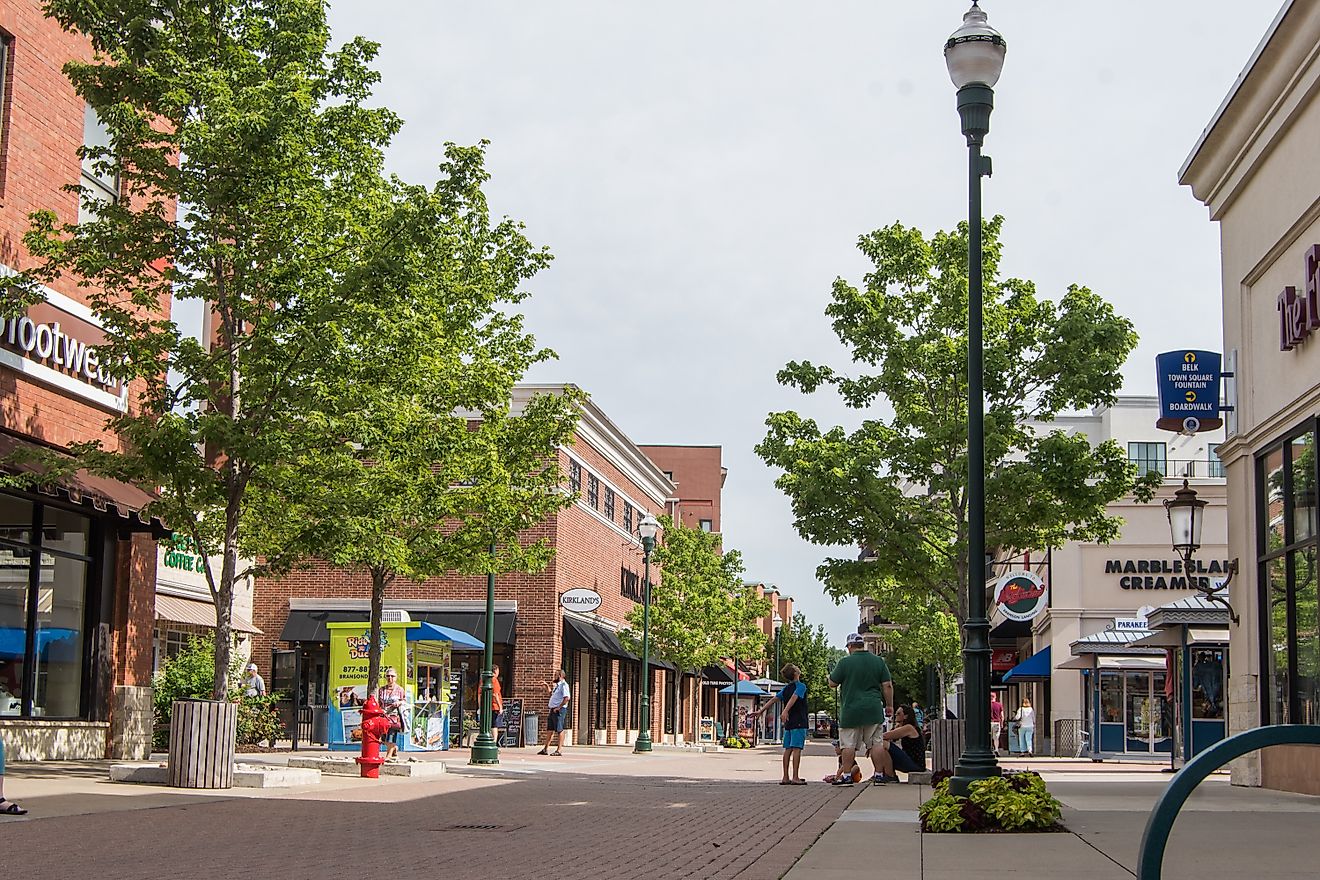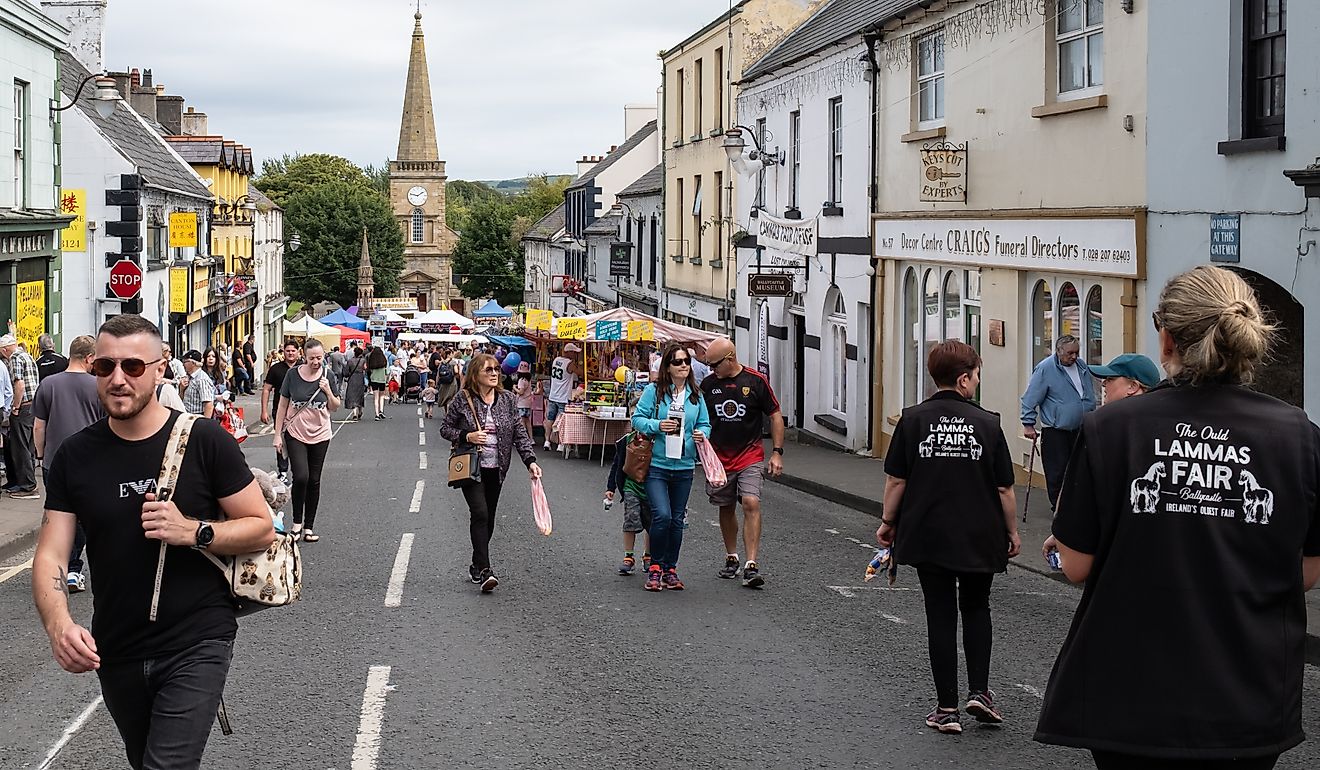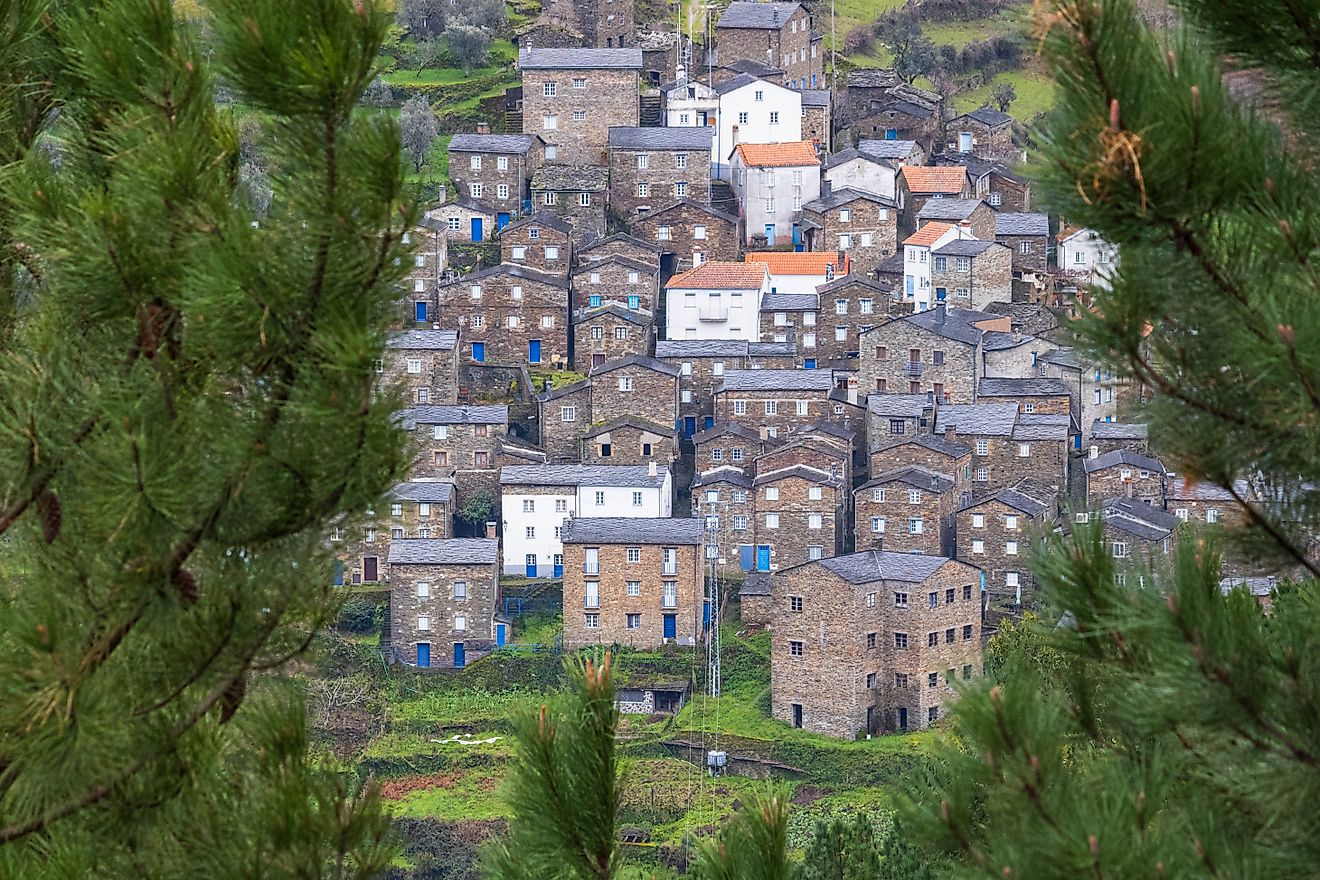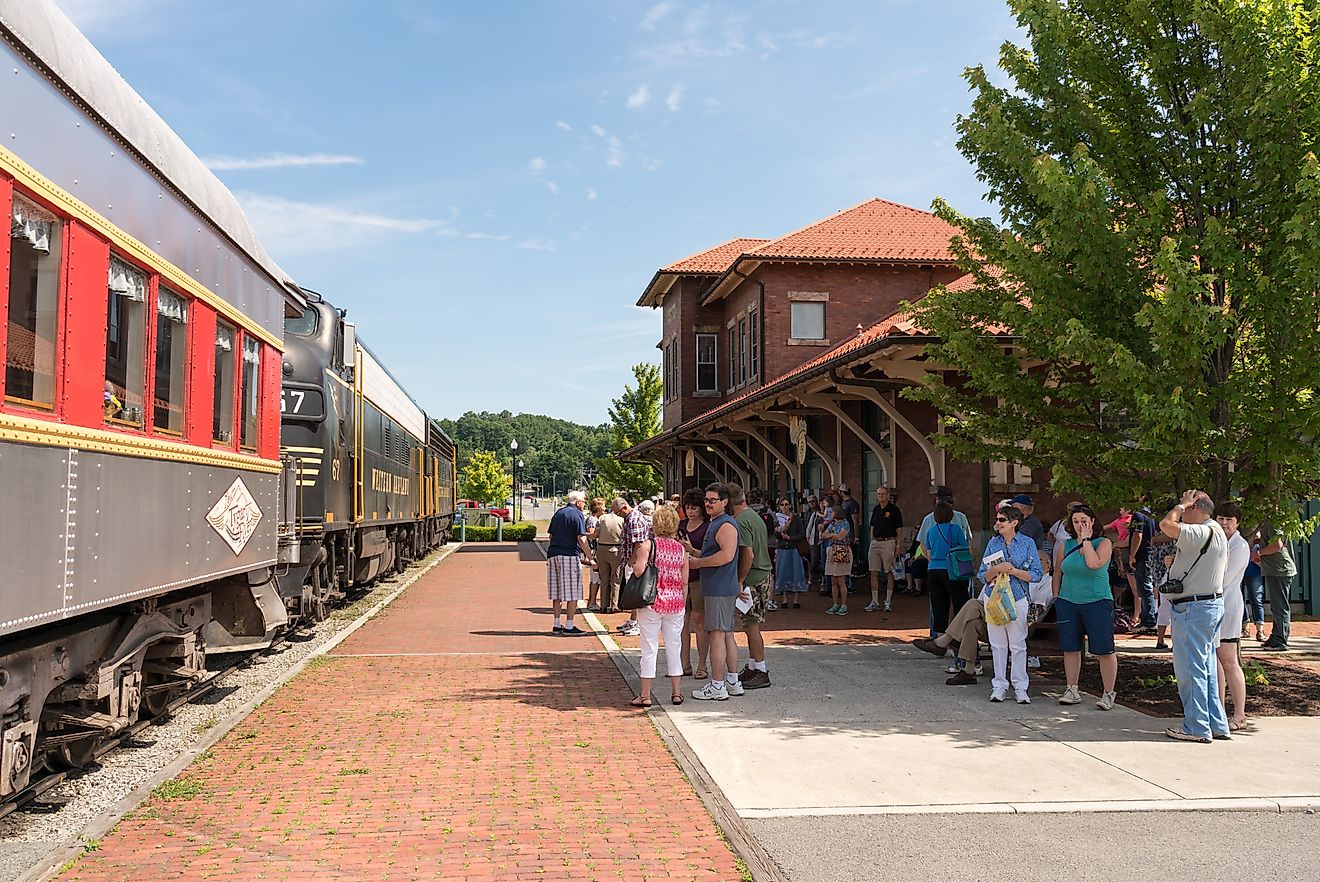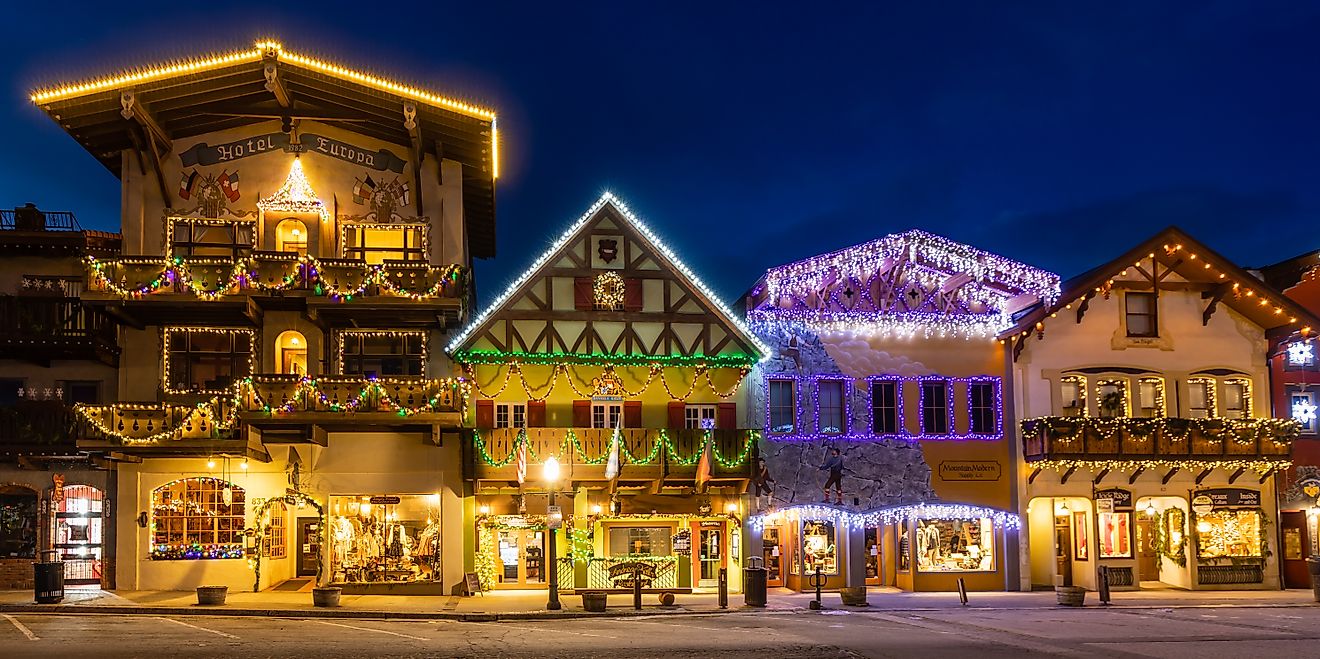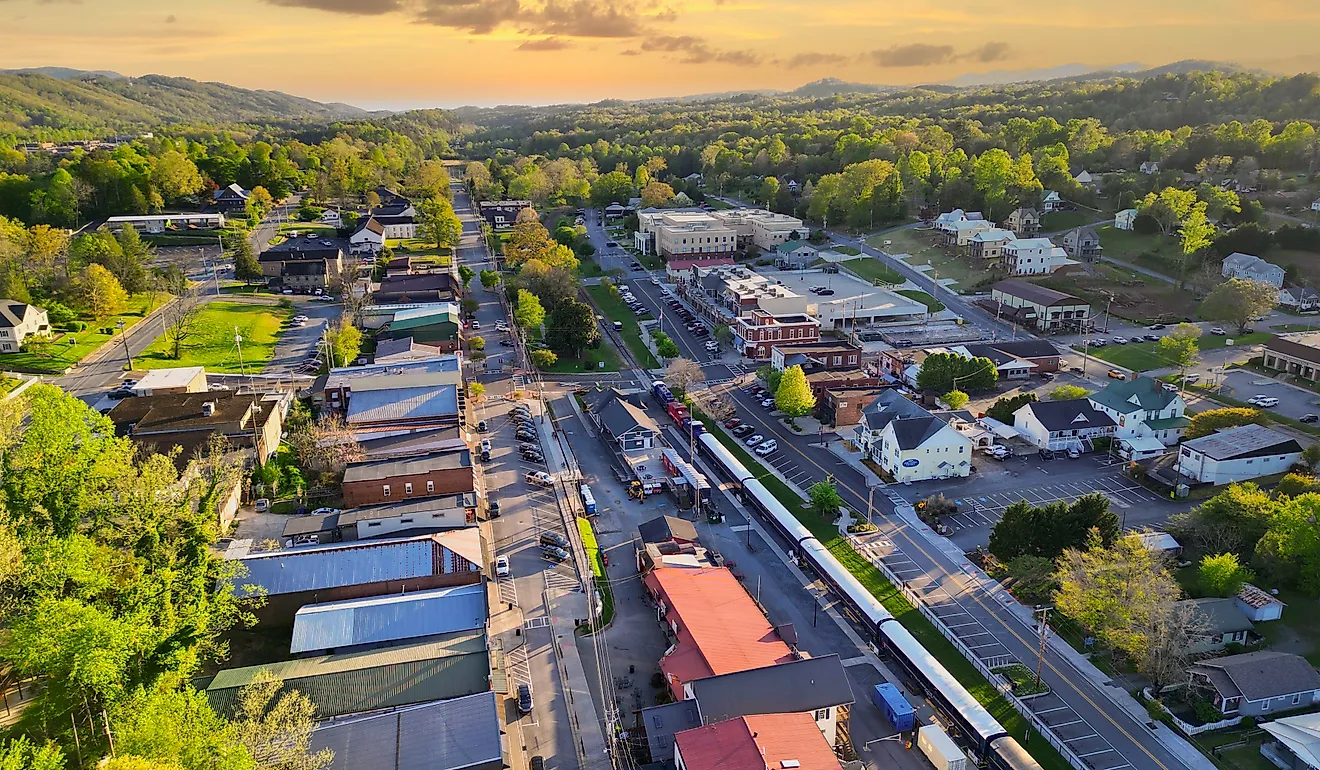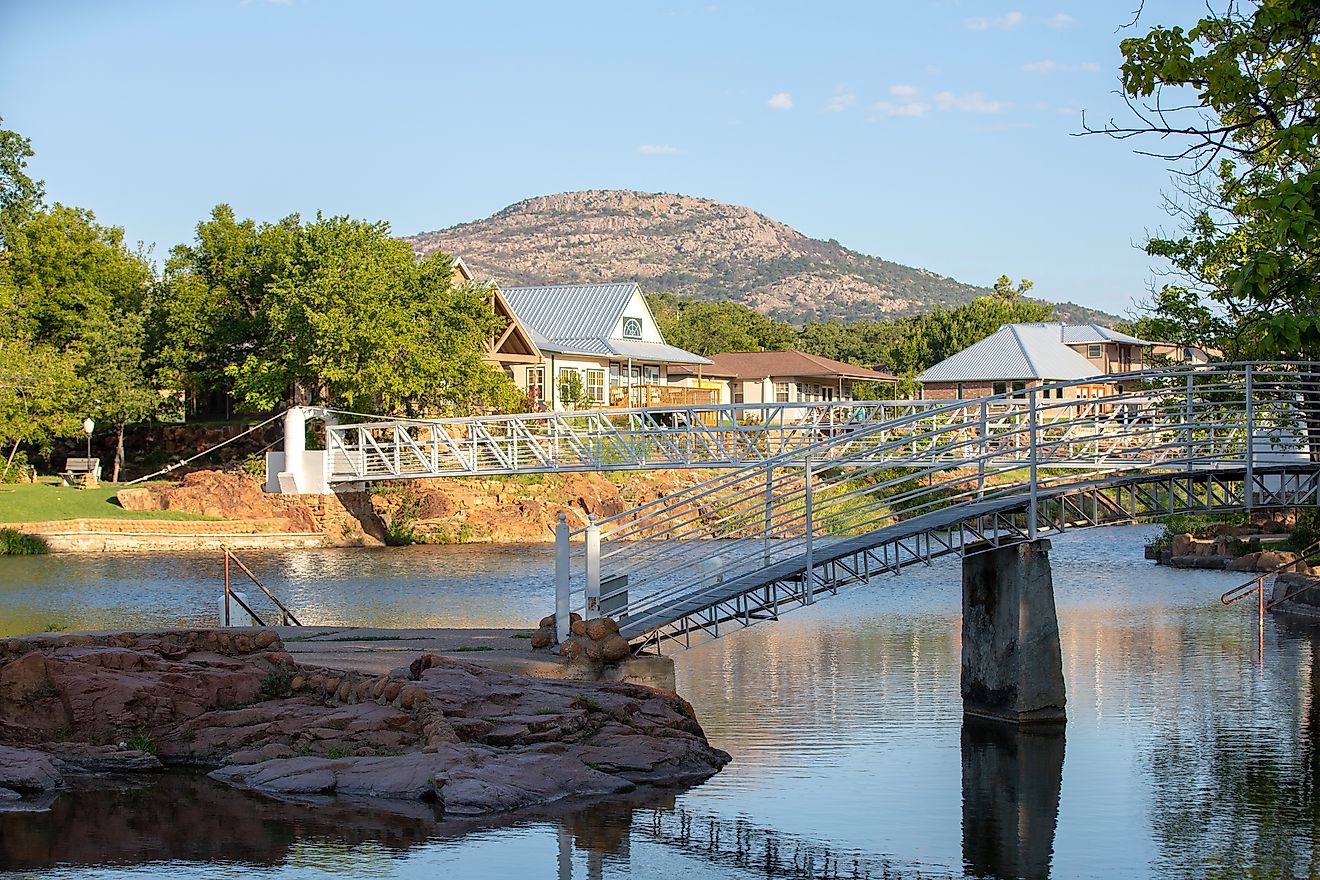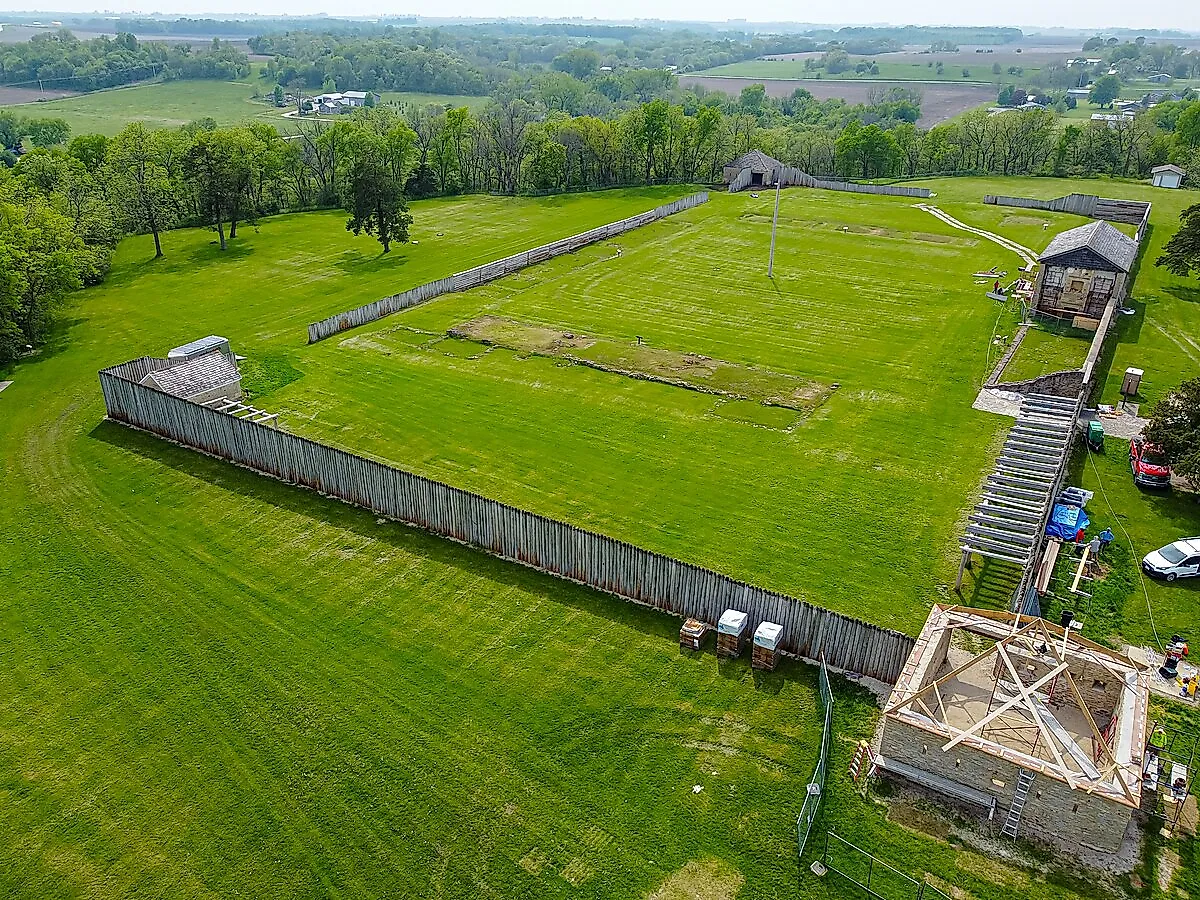
6 Must-See Historic Forts In Nebraska
Old forts are like windows into the past. Today, they are often the sites of museums, gift shops, and scenic views, but once upon a time, they were strongholds that housed numerous instruments of war and legions of soldiers. Some were the sites of gory battles, others sat quietly until conflict came to pass, but in all cases, their history remains important. This is especially the case in the Cornhusker State, as the numerous forts still in existence speak directly to what the land has witnessed. To gain a better understanding and see what Nebraska has to offer, here are 6 must-see historic forts in the state.
Fort Atkinson
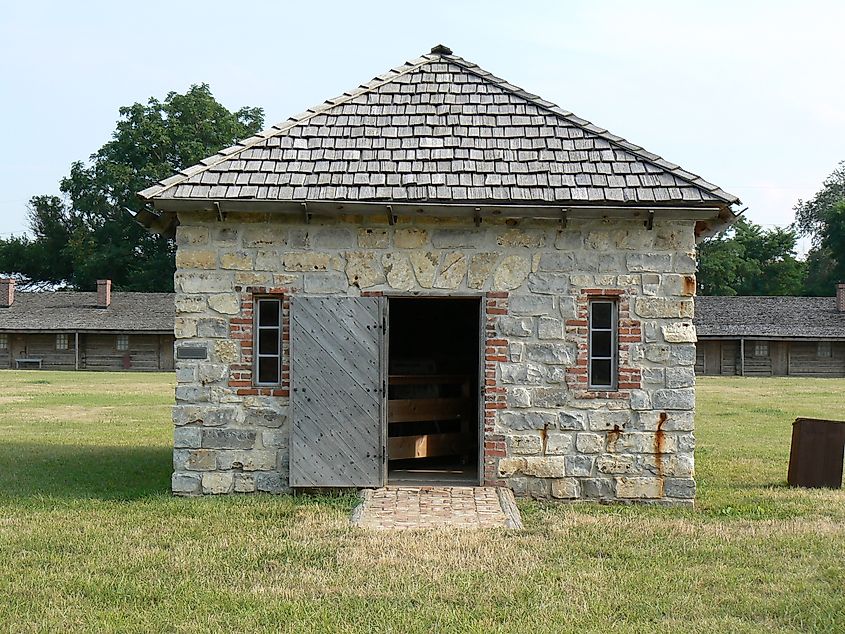
Powder magazine at Fort Atkinson, Nebraska via Wikicommons
A small camp was once established in 1819 near the Missouri River at the behest of Meriwether Lewis and William Clark. Slowly but surely, the camp grew until a formal fort was erected at the top of Council Bluffs, where it still stands today. Seeing the presidencies of James Monroe and John Quincy Adams, Fort Atkinson's significance is best understood as helping modernize Nebraska: it held the first library in the state, the first military post, and the first school, as well as the first large-scale livestock operation. At its height, it even held 1/4th of the standing U.S. Army. Its goals were to ensure the fur trade remained in place, which meant cracking down on anyone threatening economic profitability for the young nation.
But the days of early America are over, and time has been kind to Fort Atkinson since. Now a state park and lovely hiking trail, guests are encouraged to check out the refurbished buildings, take a tour, and stick around for the Living History events that occur from 10:00 a.m. to 4:00 p.m. the first weekend between May and October. The park's hours follow the standard time for state parks: guests can be there from dawn to dusk.
Fort Kearny
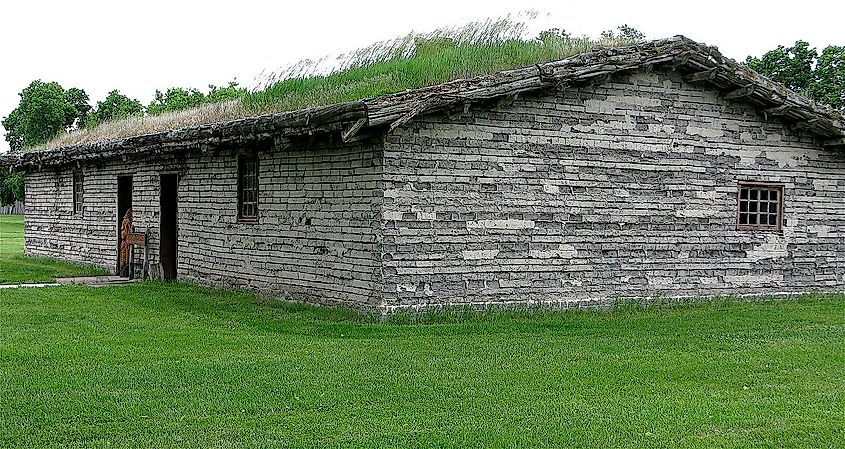
Built in 1848, Fort Kearny was more of a traveler's post than an actual fort. Established along the Oregon Trail, the state responded to an influx of emigrants seeking a new life westward. At the height of Manifest Destiny, and with gold discovered in California the same year, Fort Kearny's mission was to regulate and help emigration. The mission culminated in a station for the Pony Express riders and even sheltered the workers building the Union Pacific Railroad. But time as a fort wouldn't last long; the land was cleared for homesteading in the 1870s, which should have spelled the end of Fort Kearny, but an association with an appreciation of local history bought the land in the 1920s and reconstructed what it could.
Today, many flock to the fort for the numerous Living History shows and, surprisingly, crane watching. In recent years, Fort Kearny has become a popular spot to watch the sandhill crane during its spring migration. Funnily enough, what once was a spot for emigrants passing by has become popular for cranes.
Fort Omaha
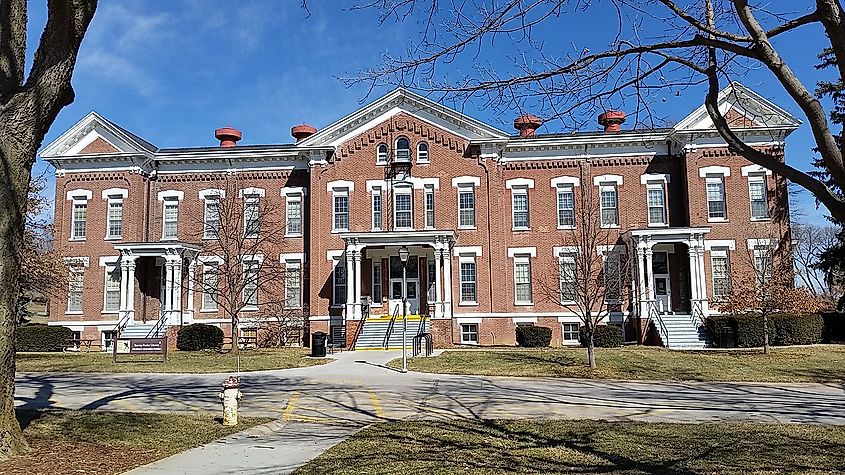
Playing a pivotal and bloody role in the American Indian Wars of the late 1800s, Fort Omaha was first established in 1878. Still, by then, there were plenty of barracks, an icehouse, a bakery, new brick buildings, and the whole shebang. Effectively, the fort became an eighty-one-and-a-half-acre town. However, it would be incorrect to say that the fort and its inhabitants lived in perpetual peace or without conflict. The American Indian Wars of the 1870s, 80s, and 90s ensured that the land remained soaked in blood, and if it weren't bad enough, Fort Omaha found itself tangled in a legal battle between Standing Bear of the Ponca tribe and the U.S. government (Standing Bear v. Crook).
The story goes that Standing Bear returned to the area to bury his son in the Ponca homeland, but since this was after the Indian Removal Act of 1830, Standing Bear and his followers were arrested on site. What ensued was a fierce legal battle that eventually saw Native Americans considered as people under law. Standing Bear had won, but tensions remained high, and after the case, Standing Bear's brother was shot and killed for attempting to leave the reservation.
The past is remembered, for better or worse, and there is a historical marker at Fort Omaha for all to see that tells the tale of Standing Bear and his monumental case. Though much of the fort is on the campus of the Metropolitan Community College, and many of the old fort's buildings are in current use as classrooms and for administration, tours are available, there are frequent events, and a short walk away, there is the General Crook House Museum.
Fort Hartsuff
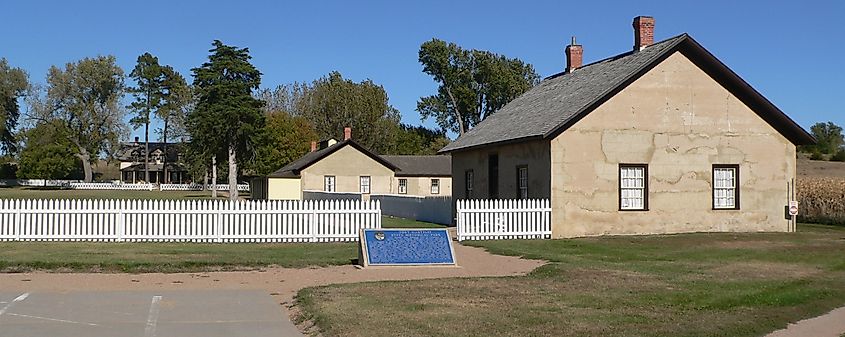
Fort Hartsuff, located north-northwest of Elyria in rural Valley County, Nebraska. Southeast side of parade ground. In the right foreground is the post headquarters. Behind and to the left of that is the barracks. Behind and to the right of that is officer's quarters.
Unlike many other forts in Nebraska, Hartsuff is mainly intact thanks to the grout (a strange mixture of concrete and lime typically meant to fill in gaps) used to create structures. Initially established in 1874 to prevent Native American incursions, the fort saw only one skirmish and mainly existed as a spot for markets and construction projects. Though the fort was in the middle of turbulent times (Plains Indian Wars), it saw far less conflict than its other Nebraskan companions.
The Fort Hartsuff of the present digs into its roots by being an exemplary historical park: many of the old buildings have been turned into a museum and gift shop, while the grounds outside are notable for picnicking and walking the numerous trails of what once made up the Great Plains. Needless to say, Fort Hartsuff is open to the public and sees many visitors daily.
Fort Robinson
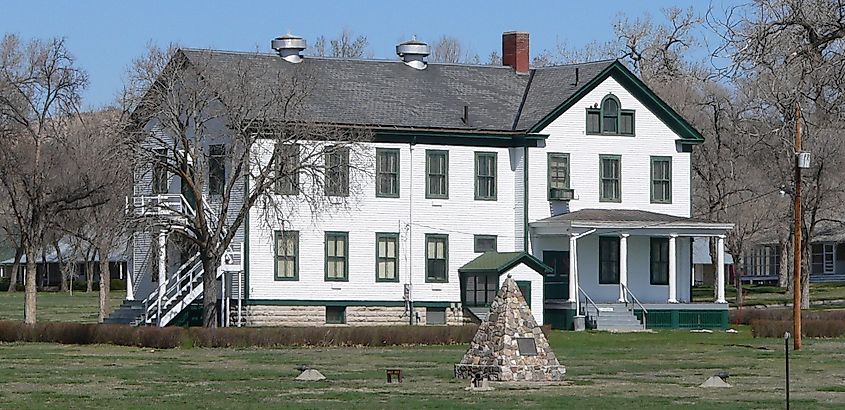
Imagine a beautiful fort from the 1870s with more than 22,000 acres of land that offers hiking, camping, and lodging. Fort Robinson is more of a national park than a name on the list of historic places and is worth visiting for its rolling green hills and tall pines as is, but the landmark side of Fort Robinson has dealt with plenty of blood, even by Old West standards.
The Cheyenne Breakout occurred on the fort's grounds: the Cheyenne people, led by Dull Knife, were imprisoned within the fort for the crime of traveling outside of Indian territory. While lawmakers debated and scrambled over what to do, the 149 men, women, and children led by Dull Knife grew tired of their cells and vied for freedom. They made their move, and with hidden weapons, a few managed to fight their captors while the others fled. A fierce fight and disaster ensued: 64 natives had died during the escape, along with 11 soldiers. Dull Knife and a few others escaped, but many were just recaptured.
The origins of Fort Robinson and its history still do not explain what it is today. Nonetheless, the history is important and acknowledged, and can be learned about at the museum on site. Visitors can expect to learn more about the grit of the era and fall in love with the land.
Fort Sidney
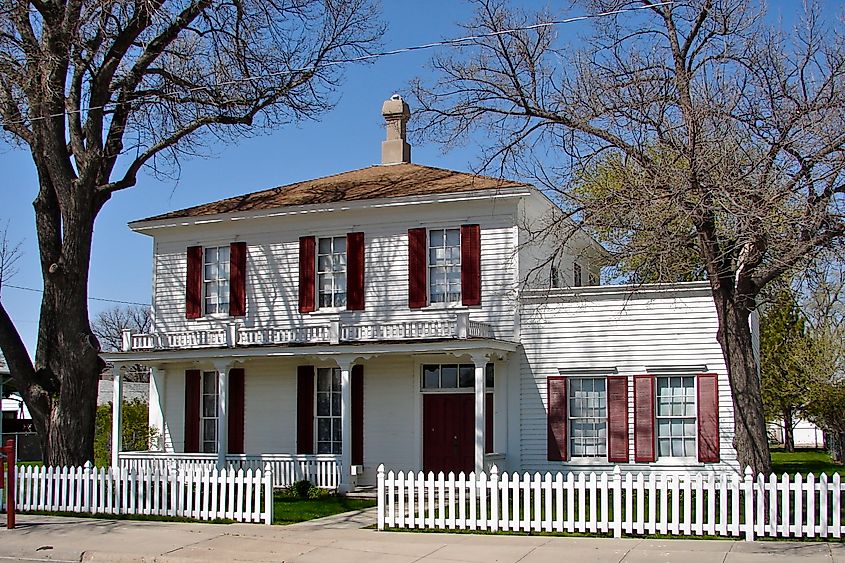
Essentially, the centerpiece of the town of Sidney, what remains of Fort Sidney today, is Lincoln Highway Street, a museum, and the old Fort Commander's Home. The museum is noted for having 16 themed rooms, while the Fort Commander's Home furnishings are original and from the 1860s through the 1890s. The real treat at Fort Sidney, however, is not only its ease of accessibility (free admission) but also the significance of the site itself.
"Oasis on the Gold Rush Trail," Fort Sidney was called. It earned itself the nickname for its pivotal role during the Black Hills gold rush. Though there were 267 miles between Deadwood and Sidney, all the supplies going to and from Deadwood went through Sidney. It was a central hub for trade and a necessary stop for prospectors, laborers, highwaymen, and everything in between. It would not be a stretch to say that the town of Sidney owes its existence to the fort, and the city never forgot its debt. Fort Sidney may not be complete today, but its legacy lives on throughout the city.
These forts, or what is left of them, are part of the very fabric of American history. While Nebraska has plenty of them, one must ask why? It could be their location near the Great Plains, their part in the many battles and wars with the natives, or even what they meant for the gold rushes elsewhere—these forts all served different purposes. For better or for worse, they must not be forgotten. These forts in particular were the most striking, the ones that had a variety of roles crucial to the story of Nebraska, and it is for that reason that they are must-see.
